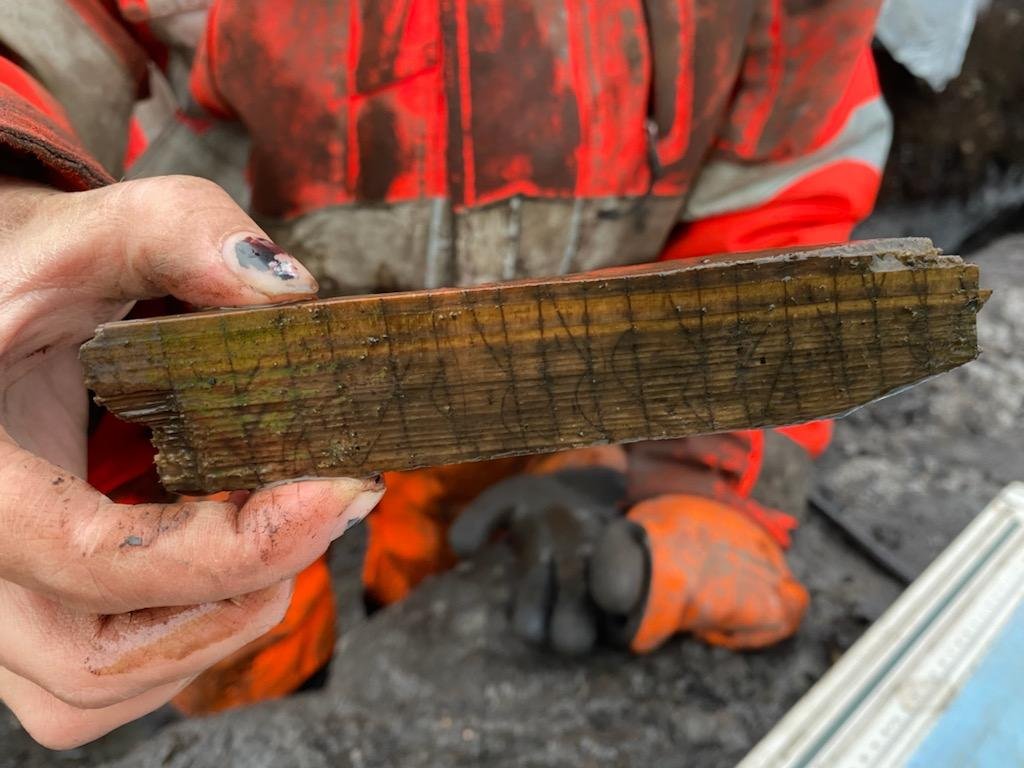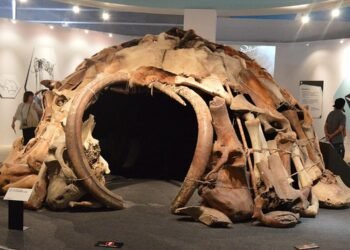Two significant runic inscriptions were unearthed in Oslo’s old town just before Christmas, according to a report from the Norwegian Institute for Cultural Heritage Research (NIKU).

The first inscription, carved on bone, features thirteen runes on one side and a single rune on the other. Kristel Zilmer, professor of written culture and iconography at the University of Oslo, has provided an initial interpretation, suggesting that the inscription may be related to the name of a person who owned the bone or describe the type of bone itself.
Zilmer proposes that the term “basmarþær” could contain the genitive form “Marðar,” possibly signifying the Scandinavian personal name Mår/Mård. This leads to a fascinating possibility: the inscription could mean “Boat-Mård’s bone.” The purpose behind inscribing the bone remains elusive, but Zilmer speculates that it might have been a spontaneous act, perhaps occurring while someone, like Mård, had leisure time after a meal.
While short runic texts on bones have been discovered in other Norwegian and Scandinavian medieval towns, this finding is remarkable as the first in Oslo in more than forty years.

The second find is a flat piece of wood with inscriptions on three sides, combining religious texts in both Latin and Old Norse. One side features two Latin words, “manus” (hand) and “Domine” or “Domini” (lord, God), forming part of a well-known Latin prayer formula: “In manus tuas, Domine, commendo spiritum meum” (“Into your hands, O Lord, I commend my spirit”).
The second side contains the Old Norse name Bryngærðr, and the third side displays eight small runes, potentially representing a continuation of the text in Old Norse, possibly expressing the phrase “it is true.” Zilmer suggests a plausible interpretation: a short prayer conveying the story of Bryngærðr, who entrusted herself into the hands of God.
Both artifacts were discovered in refuse layers, likely linked to land reclamation in areas prone to flooding. Mark Oldham, the project leader of the excavation, notes that the bone might be associated with the earliest settlement period, given its proximity to natural deposits. While the exact age of these runic finds is yet to be determined, scientific tests are expected to provide more insights.

Similar runic discoveries in Norway generally date from 1100 to 1350, with some even older. The examination of spelling and the use of specific characters may assist in determining the approximate age of the inscriptions.
Zilmer points out distinctive features, such as the use of dotted runes on the wooden stick and the differentiation between the a-rune and æ-rune on the bone, as characteristic of medieval runes.
Oslo has already yielded 85 loose objects with runic inscriptions from the medieval period, while Bergen has seen over 680 similar discoveries. Most of the known runic artifacts in Oslo were unearthed during the 1970s and 80s, making each new find a unique and vital contribution to unraveling the words and deeds of medieval inhabitants.
These discoveries, coming on the heels of the decorated knife handle featuring what may be Scandinavia’s earliest known visual representation of falconry, continue to unravel the mysteries of Norse civilization.






















